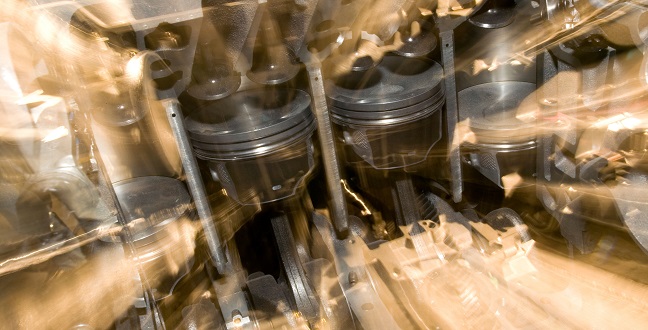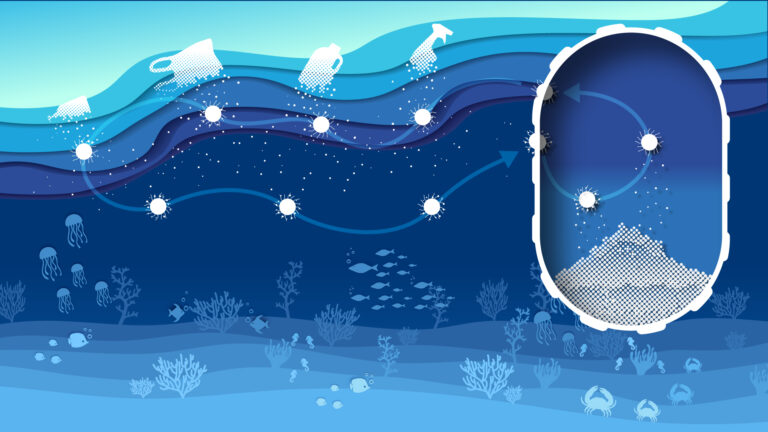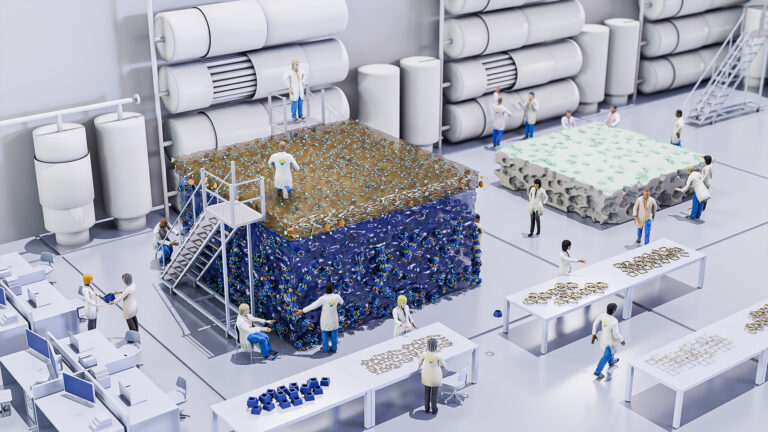Chemical Engineering
Timing is everything
A better understanding of fuel ignition processes in internal combustion engines could help break new barriers in fuel efficiency and emission reductions.


The modelling of additional oxygen reactions could help improve fuel efficiency and power in modern and future combustion engines.
© 2016 Alamy
A third oxidation mechanism has been added to the model of hydrocarbon auto-ignition to fill a longstanding gap in what we know about ignition delay in internal combustion engines1. The new model of auto-ignition developed at KAUST is expected to help engine designers to refine engine timing to improve fuel efficiency and reduce emissions.
The combustion of hydrocarbon fuels in a spark-ignition engine does not happen instantaneously. The fuel burns over the course of milliseconds, involving various oxygen-consuming reactions triggered by heat, pressure and the spark source. The resultant explosive oxidation process converts the vaporized fuel into gaseous products that produce the pressure that drives the engine.
However, under certain conditions, and particularly when pushing the limits of engine efficiency and performance, the fuel can auto-ignite too early, which affects efficiency and can damage the engine. Researchers and engineers have been unable to predict the auto-ignition behavior with sufficient accuracy to break new ground in performance and fuel efficiency.
Zhandong Wang and S. Mani Sarathy from the University’s Clean Combustion Research Center (CCRC) proposed an extended oxidation mechanism that could explain the discrepancy between simulation and experiments.
“We identified some unexplained reactive species in the combustion of the typical alkanes found in transportation fuels in an advanced collaborative experiment conducted recently at the Lawrence Berkeley National Laboratory in the U.S.,” said Wang. “We postulated that these species indicate an alternative series of reactions involving a third oxygen addition process that is an extension of the well-known first and second oxygen addition processes.”
In the classical low-temperature oxidation mechanism, alkane hydrocarbons—open chains of carbon and hydrogen atoms—react with oxygen to form branched structures. This is known to occur by the addition of oxygen in two stages: the first and second oxygen additions.
Wang and Sarathy identified a pathway for a third oxygen addition in alkanes with six or more carbon atoms to form another series of chain-branching intermediate compounds, explaining the shorter-than-expected delay before auto-ignition in these hydrocarbons.
“Understanding how auto-ignition occurs can help design fuels that prevent it from occurring,” said Sarathy.
The researchers also expect their third oxygen addition reaction scheme to help in the development of low-temperature combustion engine concepts such as homogeneous charge compression ignition and reactivity controlled compression ignition engines.
“These new technologies exploit a two-stage heat release process based on low-temperature oxidation chemistry for which optimal combustion timing is critical for engine power and efficiency,” they noted.
References
- Wang, Z. & Sarathy, S.M. Third O2 addition reactions promote the low-temperature auto-ignition of n-alkanes. Combustion and Flame 165, 364–372 (2016).| article
You might also like

Chemical Engineering
Urban air pollution goes up in smoke

Chemical Engineering
Rethinking machine learning for frontier science

Chemical Engineering
Magnetic nanoparticles capture microplastics from water

Chemical Engineering
Biogas upgrading goes with a swing

Chemical Engineering
Stronger, lighter, cheaper: a new route to carbon fiber production

Chemical Engineering
Unveiling the role of biomass-burning aerosols in atmospheric reactions

Chemical Engineering
Slashing industrial emissions using a hybrid model approach

Chemical Engineering



